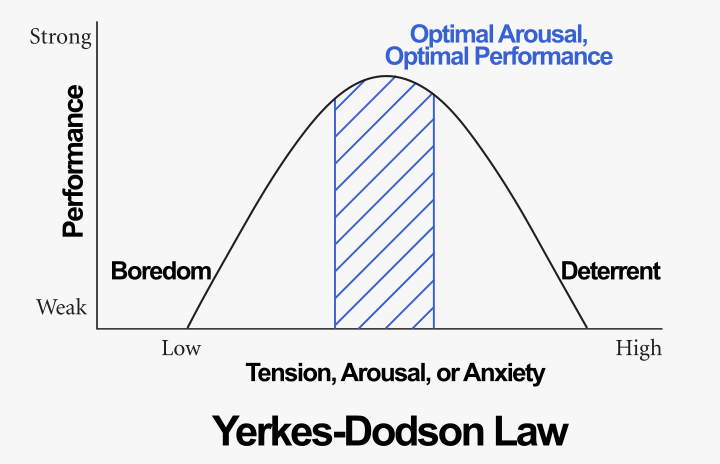Never Feel Sorry for Yourself or Engage in Self-pity
The American writer and Nobel Laureate Toni Morrison, who poignantly explored the African-American experience, passed away last week. Her best-known novel, the Pulitzer Prize-winning Beloved (1987) is one of the few works of non-fiction that I’ve read. This captivating novel is much-admired for calling to mind of the inhumane violence of the institution of slavery. It’s a true story of a post-Civil War escapee-slave who, after she is recaptured, kills her infant daughter to liberate her from slavery and oppression. Read it (or watch its 1998 film adaption starring Oprah Winfrey.)
Morrison’s celebrated essay in the 150th-anniversary issue of The Nation suggested a potent antidote to suffering and loss. Here’s a précis:
On the day after Christmas 2004, I was in an extremely dark mood, feeling helpless. When a friend, a fellow artist, called to wish happy holidays, I told him, “I’m not well. Not only am I depressed, I can’t seem to work, to write; it’s as though I am paralyzed, unable to write anything more in the novel I’ve begun. I’ve never felt this way before, but the recent reelection of George W. Bush …” My friend interrupted me and challenged, “No! No, no, no! This is precisely the time when artists go to work—not when everything is fine, but in times of dread. That’s our job!” I felt foolish the rest of the morning.
[All the trouble in the world makes it difficult to stay grounded and productive.] Still, I remember the shout of my friend that day after Christmas. This is precisely the time when artists go to work. [While being aware of the world’s plights and the struggles of people,] there is no time for despair, no place for self-pity, no need for silence, no room for fear. We speak, we write, we do language. That is how civilizations heal.
I know the world is bruised and bleeding, and though it is important not to ignore its pain, it is also critical to refuse to succumb to its malevolence. Like failure, chaos contains information that can lead to knowledge—even wisdom.
Acceptance Can Set You Free
 When events have a downer-depressive effect, they can leave you in the throes of helplessness and depression. As Morrison suggests, acceptance and looking-forward is a compelling remedy to life’s many tribulations.
When events have a downer-depressive effect, they can leave you in the throes of helplessness and depression. As Morrison suggests, acceptance and looking-forward is a compelling remedy to life’s many tribulations.
As I’ve stated in previous articles, even in the face of some of the worst misfortunes that could strike you, attempting to endure pain is a far superior choice than getting absorbed in feeling victimized and powerless.
After a reasonable period of grief, confronting your fears and facing up to the worst possible scenarios can bring about some tranquility.
You can deal with your troubles by diverting your mind with escapisms or cheering yourself up with distractive remedies, but these things can relieve suffering only for a short time. They do not alleviate grief but hinder it. You would rather end it than distract it.
In other words, it’s better to conquer your sorrow than to deceive it. If simply masked under self-gratifying pleasures and diversions, your haunted mind eventually comes back at you stronger than ever.
Idea for Impact: In facing life’s many troubles, acceptance can set you free. Perhaps the most potent cure for melancholy is to ask yourself, “What’s the one positive step I can take now?”
 Many people claim that they
Many people claim that they 
.jpg)
.jpg)
.jpg)